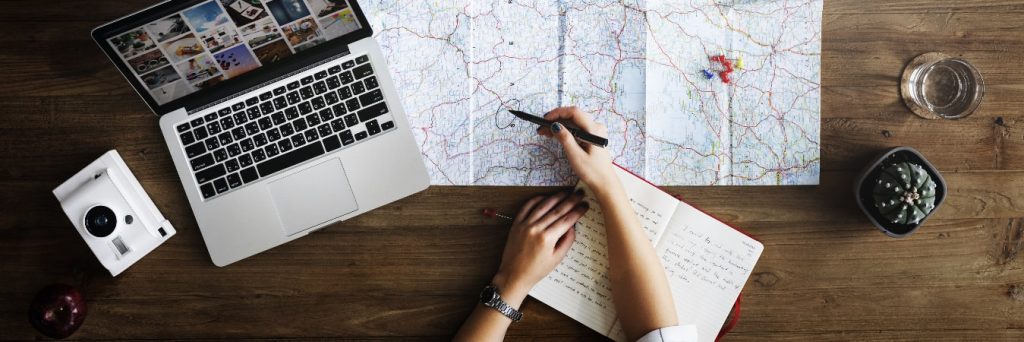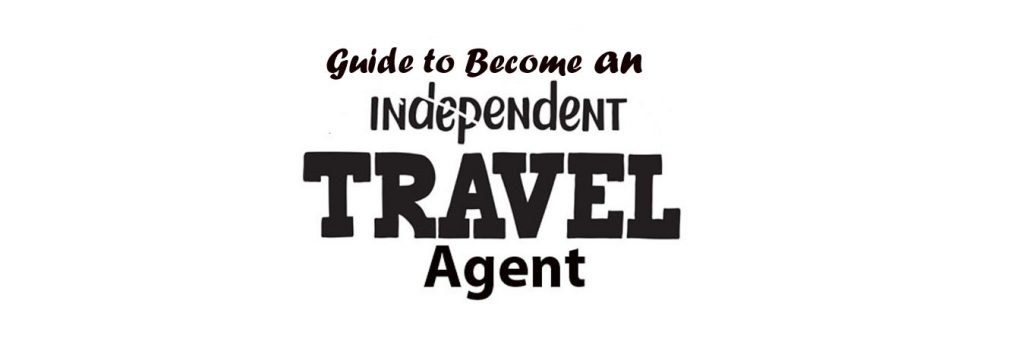Emails are a necessary part of communication for professionals all around the world. It helps align the communication within an organization while also outside it. Further, emails entail the capabilities of gaining new clients and imparting customer service for a product. Therefore, knowing email etiquette becomes essential for every professional. In this blog we have listed 12 email etiquettes to avoid misunderstandings and errors that could harm your reputation and that of the company you represent.
Why is email etiquette important?
Knowing email etiquette meaning will help you establish professionalism, forge stronger connections at work, and give a positive impression of your employer. Additionally, it will improve communication and keep you and the company out of trouble. Understanding proper email etiquette will help you communicate with others respectfully and advance in your career.
Email etiquette rules
1. Use a clear subject line
Because so many of us are perpetually buried in our inboxes, the subject line of your email can significantly impact whether it is opened or not. To follow proper email protocol, aim for a short, straightforward subject line that briefly and accurately sums up the content of your email. Use words like “proposal” and “application” in your email subject lines to clarify what to expect from the recipient. Keep your subject lines useful because they are more likely to be read. Never, under any circumstances, send an email without a subject line. It goes against the accepted email protocol. The recipient is almost certain to move your message directly to the trash because it appears suspicious when it has no subject. This is one of the crucial email etiquette rules.
2. Begin with a professional greeting
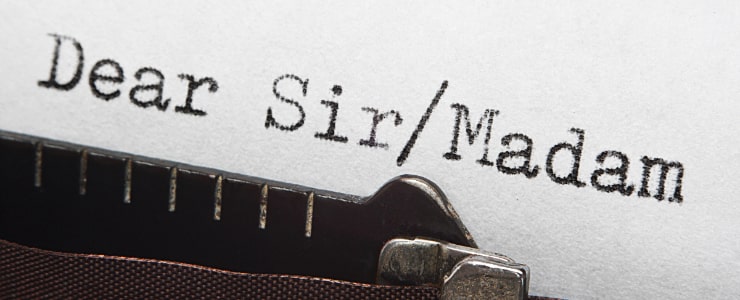
The subject matter and your relationship with the recipient will always determine the best way to introduce yourself in an email. While there are formal and informal ways to start an email professionally, you should never sound casual.
The most typical salutations include the following:
- Greetings, Ms./Mr./Last Name,
- Pleased to meet you,
- Hello, First name
“Heya,” “Yo,” and just the recipient’s name are among the informal salutations that should not be used in email correspondence. If you don’t want to commit this email etiquette mistake, it is recommended that you avoid using such salutations.
3. Always introduce yourself
Never assume the recipient is familiar with your identity. It’s proper email etiquette to begin your email body with a brief introduction, which can be as little as a couple of lines covering the pertinent information, mainly if you’re contacting someone for the first time. Find a way to mention your last conversation with them or remind them of how you met if you know the recipient but are unsure if their name comes to mind.
4. Write short emails
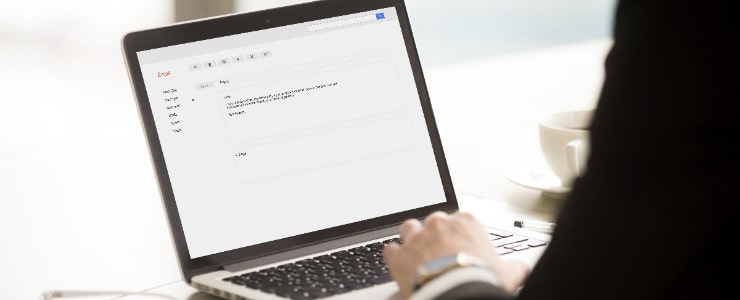
You should be upfront about the goal of your email by outlining it right away. Make your point quickly, avoid wordiness, and use well-written short sentences. Ideally, your email should only have one purpose, but if you must address multiple issues, think about breaking them up into bullet points.
Recent Post :
- How to Plan a Trip for Beginners: Simple Travel Planning Guide
- How to Plan a Trip for Beginners: Simple Travel Planning Guide
- How to Become an Independent Travel Agent: A Stepwise Guide to Perfection
5. Structure the email correctly
Formal emails must have a subject line, greeting, body, sign-off, and signature. Failure to use this structure may imply a breach of professional email etiquette. Aim to deliver your message in a manner that keeps the email body to three paragraphs or less. Start each paragraph by underlining the most crucial information because people tend to “scan” emails in search of something intriguing to dive into rather than reading them from beginning to end. A blank line should be left between each paragraph to make the text easier to read.
6. Be aware of your tone
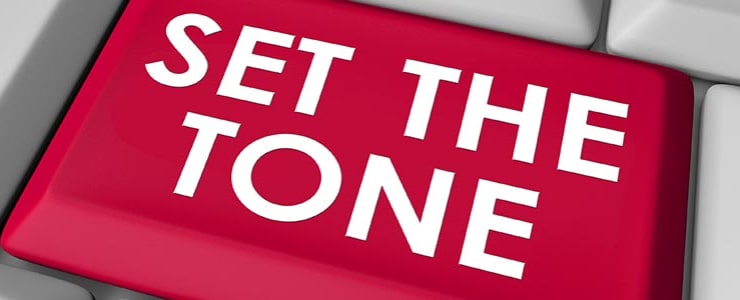
Choose your words carefully, and always think about how the recipient might understand them. Make an extra effort to come across positive and polite since you can’t use your facial expressions and voice inflection to convey your message.
7. Use a formula sign off
The relationship you have with the recipient, and the goal of your email will always influence the best way to end an email. To keep the tone of your message consistent, you should match the sign-off with the greeting and the rest of your message.
The most common business email closings are as follows:
- Yours sincerely,
- Warm regards,
- Thank you,
8. Use sentence case
When writing a sentence, the first letter of each word and any proper nouns should be capitalized. Business email etiquette requires that you use capital letters in a formal way, so you shouldn’t stray from it. Keep in mind that using all caps when writing at work is inappropriate.
9. Check your email for errors before sending it
This tip cannot be emphasized enough because grammatical and spelling mistakes will always reflect poorly on you. Go over the email’s body and subject line at least twice after you’ve finished writing to check for errors. You might also try reading your email aloud to catch errors you have missed.
10. Just when necessary, use “Reply All”
As an important email reply etiquette, you shouldn’t bother people with anything unnecessary, given that the average office employee receives 121 emails per day. Therefore, the next time you’re about to click “Reply All,” pause and ask yourself if the email chain as a whole needs to receive your response. If the answer is no, use “Reply” to prevent receivers from being distracted by yet another notification.
11. Be cautious of attachments
One of the most crucial email etiquette guidelines for attachments is that you shouldn’t send emails with large files attached. A presentation or video is an excellent example of a type of file that is best sent by uploading it to a cloud service like Google Drive or Dropbox and sending the recipient a link to the file.
12. Use proper BCC
When you email several people who don’t know one another, it’s polite to use BCC so you can protect their privacy as an important forwarding email etiquette. It can also be used to politely remove someone from a thread after they’ve introduced you to someone else via email, for instance. An email is a form of communication, and how people communicate differs across cultures. Tailoring your message to the recipient’s cultural context is always a good idea. Doing so can prevent misunderstandings and forge stronger bonds with others.
Email Etiquette for Professionals
Clear and Concise Communication: While writing the email one should use concise language free of grammatical and punctuation errors.
Appropriate Tone: Each email should provide professional outlook and should maintain formal tone. You should avoid using casual language.
Timely Responses: In the mordern world, nobody wants to be waited for response espically in professional world. You should respond immdediately after recivieng the email. Also, it is a good practice to check your emails from time to time.
Formal Greetings and Sign-offs: While addressing your colleagues or others, you should begin with a professional greeting and end with an appropriate sign-off.
Mindful of Attachments: Ensure that the right attachment is being added to the email. You can use cloud services to create a sharable link and attach it with the email.
Professional Email Signature: You should include full name, job title, company, and contact information in your professional email signature.
Email Etiquette for Business
Professional Tone: Writing an email to different organizations and addressing professionals as a business requires maturity and accuracy. Therefore, you should choose your words carefully while drafting a business email.
Prompt and Courteous Responses: Businesses can’t delay responses to various stakeholders and customers. You should acknowledge the receipt and provide information required from you in the email.
Clarity in Communication: The message in the email should be clear and articulated in the best possible way. You can use bullet points and other such text and visual cues for high readability.
Attention to Detail: Each email you draft should pay great attention to detail. You should double-check attachments and data and avoid errors in business matters.
Confidentiality and Privacy: You should avoid discussing confidential matters in emails. Use BCC for privacy when necessary.
Tips to avoid common email grammar and spelling mistakes
Proofread before sending. It is helpful to read out the email to catch any mistakes. Use online spell-check or grammar tools Double-check proper nouns, pronouns, and names of the people Be cautious with apostrophes. They are prone to mistakes Ask for a second opinion in case of an important email
Is it necessary to include a signature in every email
It is important to use a professional email signature at the end that must include your full name, the title of your job, the company’s name, and address.
How long should my email response be?
Try to keep the content as precise as possible while still being understandable. Avoid any unnecessary explanations that may lead the reader to lose their interest.
One of the essential tools any working professional has at their disposal is email. Use it properly by following these professional email etiquette guidelines, and you’ll be on your way to building sincere relationships with prospects
Email Etiquette FAQ’s
1 What are the top tips for writing an email?
Ans. Keep a professional tone, be clear with your message, always proofread before sending, use shortened URLs, and introduce yourself.
2 What should be an ideal response time to an email?
Ans. For immediate teammates, it should be within 12 hours, for general colleagues it should be within 24 hours.
3 Should humor be added in the emails?
Ans. Humor used via email can easily be misinterpreted due to the lack of facial expressions and voice tonality. In fact, unless you have a personal relationship with the recipient, it is preferable to avoid using any humor in all business emails.
4. Is it acceptable to use abbreviations and acronyms in emails?
Ans. Try to avoid excessive use of abbreviations and acronyms. It makes the email difficult to read and understand.
5. What precautions should I take before forwarding an email?
Ans. Ensure that you remove any unnecessary information from the mail before forwarding it. Double-check the list of recipients of the mail.
6 Is it necessary to include a signature in every email?
Ans. Yes, it is important to include a professional email signature at the end of each email to tell the recipient about your designation in the company and build trust.
7 How long should my email response be?
Ans. It is advisable to keep the content of your email response as concise as possible while still ensuring clarity.




